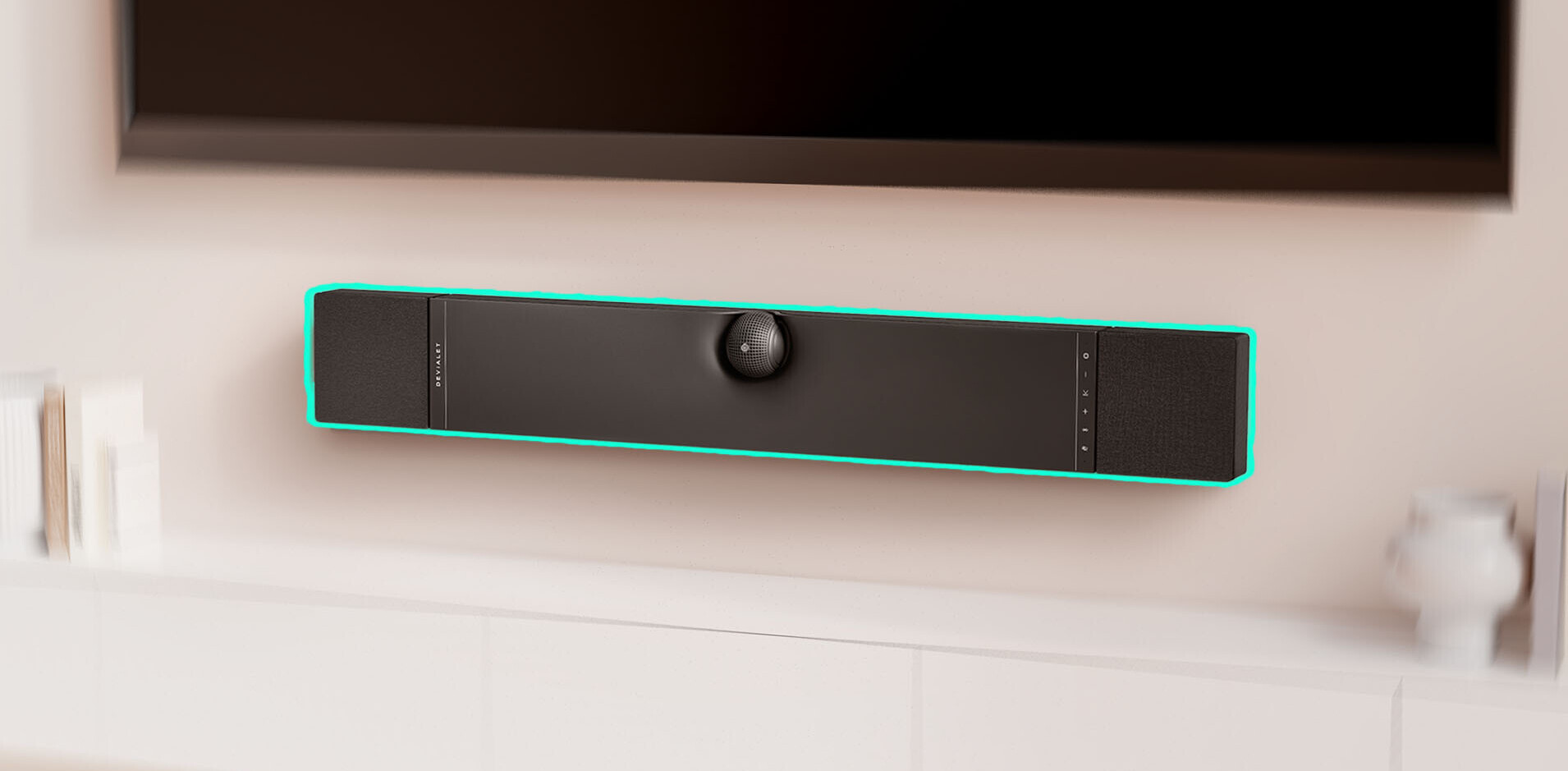
- Product
- IO-4
- Price
- $399
It was just a few weeks ago that I reviewed the Dali IO-6, a pair of noise-canceling headphones that easily landed among my favorite cans on the market. Despite a hefty $499 price tag, their Danish design, great sound, and seemingly never-ending battery life made me feel they were worth the investment.
But not everyone needs active noise-canceling (ANC) circuitry. For some people, a headphone that just blocks out a decent amount of sound through physical characteristics is enough. If that sounds like you, Dali’s IO-4 is the better option, with a more palatable $399 price tag, and somehow even better battery life that’s rated at 60 hours, compared to the IO-6’s 30.
I’m going to keep this review short. The Dali IO-4 is nearly identical to the IO-6 in every regard other than noise-canceling. If you want the full run-down of the design and sound, you can read my 1,800-word review of IO-6.
The short of it is that the IO-4 are check pretty much everything I want in a pair of headphones.

They look classy in either their caramel or black colorways, and they feel well-built. I appreciate that they use physical controls rather than touch panels that are a pain in the rain or with gloves. Sometimes the big silver control button is a bit too easy to press while wearing around your neck, but it’s still better than a touch panel. And the lightweight, vegan leather design is comfortable to wear for hours on end.
Despite the lack of noise-canceling, the headphones do a great job of blocking sound on their own – something I noted about the IO-6 when active noise canceling is turned off. The main difference you will notice is in low frequencies. The hum of an HVAC system or rumble of the subway will be quieter with active noise-canceling headphones, but for mid and high frequencies – think a conversation or some fan noise – the IO-4 are nearly as effective.
In fact, I found passive noise-canceling on the IO-4 effective enough that I wish they also came with a transparency mode to hear more of the outside world without needing to take the headphone off — it’s that good.
Luckily, the IO-4 is not a downgrade in sound quality despite the lower price. In fact, for all intents and purposes, I found them to be nearly identical (when using the IO-6 with noise-canceling turned off, at least). Neutral, with just the right amount of bass to give you good impact without sounding bloated, and with highs that are detailed without sounding abrasive. They have a pretty expansive soundstage for compact headphones too, and they support both AptX HD and AAC codecs for maximum sound quality.
Frankly, I’m not sure I could tell the IO-4 apart from the IO-6 in back to back comparisons, and this is borne out by my measurements of the headphones too (for more on my measurements process, again, you can turn to my IO-6 review). The measurements are close enough that differences could be ascribed to human error or minor sample deviations.

Though it can be very tricky to interpret frequency response for headphones, the IO-4 (like the IO-6), reminds me a fair bit of the Focal Clear, which are my benchmark for neutral-sounding headphones (other than being a little bass-shy). The IO-4 have a similar response, but with more bass (a good thing!). Below you can see it compared to the Focal, as well as the popular Sony WH-1000XM3:

The highs might be a touch bright if you’re sensitive to this region, but I did not personally find this to be the case. On the other hand, the bass is not as exaggerated as on the Sonys, leading to a more refined overall sound.
All that being said, do keep in mind that these impressions are with the headphones turned on. When the headphones are used in their passive mode – straight through the 3.5mm headphone jack, they sound less balanced. They sound best when using their internal DSP.
Lastly, there’s battery life. The IO-4 can seemingly last forever on a charge. Dali claims 60 hours, but without timing it precisely, I’m pretty sure I went over that over the course of a couple of weeks without needing to recharge. These are headphones you can take on vacation without having to worry about recharging, although luckily they do charge via USB-C whenever that time does come.
If I have one complaint about the IO-4, it’s the price. As much as I appreciate the design and sound quality, for a lot of people, not having noise canceling is a deal-breaker. Even if I feel the IO-4 blocks out noise passively nearly as well as some ANC headsets, for a lot of people, the $399 price tag is going to be a tough pill to swallow. I think $300 would make them much more palatable for a typical audio enthusiast.
On the other hand, I feel the IO-4 compete with dedicated audiophile headphones, which are often priced much higher and don’t support Bluetooth. Taking that perspective into account, as well as the thoughtful design, excellent comfort, and marathon battery life, the Dali IO-4 are well worth your consideration if active noise-canceling isn’t a priority.
This post contains affiliate links. If you purchase a product through one of our links, we get a small cut of the revenue.
Get the TNW newsletter
Get the most important tech news in your inbox each week.




